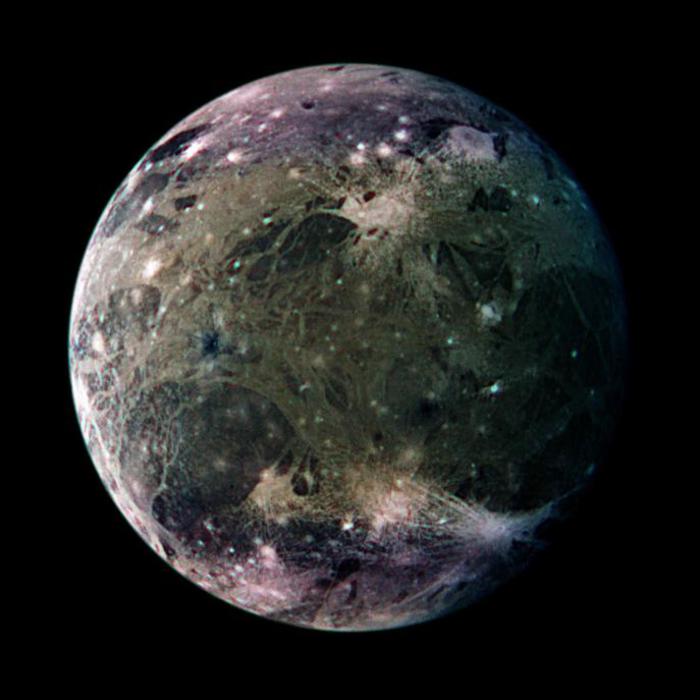Hisses, whistles, pops: these are the disturbing noises that make up the 'voice' of the largest moon of Jupiter and the solar system, Ganymede, captured by NASA's Juno probe during the close flight on 7 June last, at a distance of 1,038 kilometers . The recording of the electromagnetic emissions was converted into a 50-second audio track that NASA published at the American Geophysical Union meeting together with the most detailed map ever obtained of Jupiter's magnetic field, created thanks to the data collected in the course of 32 orbits made by the probe.
“This audio track makes you feel like you're aboard Juno as it speeds past Ganymede for the first time in more than two decades,” comments Southwest Research Institute physicist Scott Bolton, Juno's chief scientist. "If you listen closely, you can hear the sudden shift to higher frequencies around the middle of the recording, a sign of entering a different region of Ganymede's magnetosphere." According to physicist and astronomer William Kurth of the University of Iowa, "it is possible that the change in frequency immediately after the close encounter is due to the transition from the illuminated face of Ganymede to the one in shadow." Just having translated the electromagnetic data into audio signals can help their understanding, facilitating the identification of details that could otherwise escape.
Launched in August 2011, Juno has so far collected a lot of data on Jupiter's magnetic field and atmosphere, also thanks to two instruments made by Italy, with the support of the Italian Space Agency (ASI): Jiram, built by Leonardo and with the scientific responsibility of the National Institute of Astrophysics (Inaf), and the radioscience instrument KaT (Ka-band Translator), built by Thales Alenia Space (Thales-Leonardo) with the scientific guidance of Sapienza University. The latest map of Jupiter's magnetic field, the most detailed to date, shows that something has changed over the five-year mission: the Great Blue Spot (the great magnetic anomaly near the equator) is moving east at a speed of approximately 4 centimeters per second.The data also indicate that Jupiter's dynamo (i.e. the mechanism that generates the magnetic field) is located in the deep layer of metallic hydrogen that surrounds its 'heart'.









